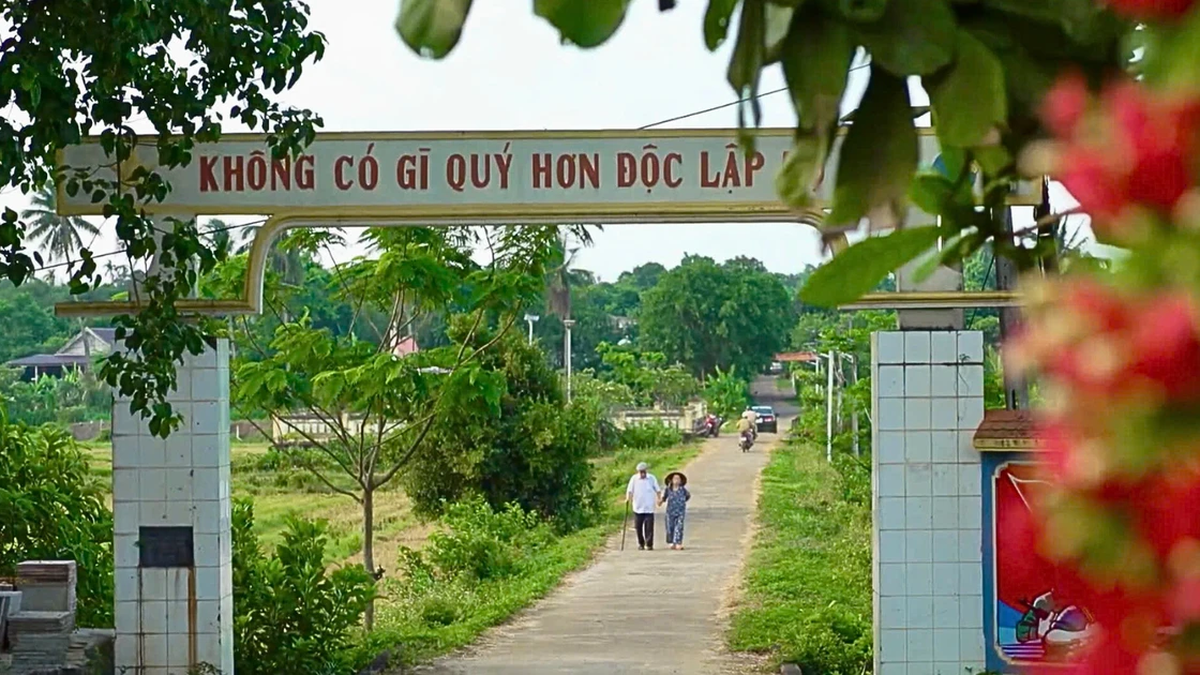The wild beauty
Located at an altitude of nearly 350m above sea level on a limestone mountain range formed during the geological tectonic process of the earth thousands of years ago, the scenic spot of Hat Chuong cave (Huoi Cang village, Pa Ham commune, Muong Cha district) is a place where many diverse properties of nature converge, including geology, geomorphology, topography, climate, biology, ecology and environmental landscape .
Today, the cave still retains its wild beauty with the favor of nature, biodiversity, converging historical values, cultural values, scientific values, tourism values, and aesthetics.

In particular, Hat Chuong cave is located on the tourism development link, connecting with the system of other relic sites, with the potential for eco -tourism , tourism on the majestic Nam Muc river and traditional cultural villages of ethnic communities located on Highway 6, which also preserves intangible cultural values imbued with the ethnic culture of the Northwest region.
If anyone has ever explored Chua Ta cave, He Muong commune (Dien Bien district), they can easily see many massive stalactites mixed with quartz. There are sparkling phosphorescence, many colors, unique shapes, vivid and beautiful like raspberries, fruit trays, waterfalls... With the unique beauty bestowed by nature, Chua Ta cave is recognized as a national scenic relic and is one of four relic sites in Dien Bien district in the system of relic sites in the whole province.
Located at an altitude of nearly 1,000m above sea level, in a limestone mountain range with a geological tectonic process of millions of years, Tham Khen cave in Muong Dun commune, Tua Chua district has also been ranked as a national scenic relic by the Ministry of Culture, Sports and Tourism according to Decision No. 3086/QD-BVHTTDL dated October 27, 2020. In addition to the uniqueness of other caves, Chua Ta cave also has 2 typical ecosystems: limestone mountain ecosystem and cave ecosystem. This place converges the diverse properties of nature.
Exploring Tham Khen cave, visitors will be amazed by the vivid and splendid beauty of the stone slabs, stalagmites, stone pillars, countless shapes of animals, trees such as: Elephants, dragons, phoenixes, turtles, birds, cacti... hidden in the vegetation created by the stalactites. Visitors will also be overwhelmed by the vast space of the cave domes, witnessing large patches of yellow and gray stalactites hanging down from the cave dome. In particular, deep inside the cave, there are stone slabs connecting from high to low like terraced fields. Coral reefs are created from hanging stalactites, stretching out with countless sparkling crystallized grains. Multi-colored stalagmite forests, harmoniously arranged by nature, also appear in abundance inside the cave...

Need to promote value
Not only Hat Chuong cave, Chua Ta cave, Tham Khen cave, Dien Bien is endowed by nature with many beautiful, majestic caves with high aesthetic value. Many caves are ranked as national relics and scenic spots; however, at present, this potential is still left untapped as it has not been planned, invested in and exploited; or planned and exploited but not commensurate with the scale.
Recently, at the ceremony to announce and receive the Certificate of ranking as a provincial scenic relic of Tia Cho cave (Muong Cha district), the leader of the provincial Department of Culture, Sports and Tourism emphasized that the caves in the province basically have full historical, scientific, cultural, aesthetic and tourism values; possessing natural beauty, bestowed by nature on the land and people here. However, after being ranked, the caves were assigned to local authorities (commune level) for protection and management. However, many communes have not really paid attention. This not only causes waste of natural resources but also leads to the caves being encroached upon, not being able to promote their value. Therefore, it is recommended that Party committees and commune authorities at all levels need to strengthen propaganda to the people to raise awareness of preservation to protect and promote the value of the caves.

It can be affirmed that caves are valuable resources in terms of culture and history... However, currently, localities have not yet fully promoted the value of caves. Partly because people have not shared responsibility with local authorities to protect and promote the value of caves. Another part is that propaganda and promotion work has not been really extensive. Therefore, in order to promote the potential, in addition to investing in traffic infrastructure, taking advantage of natural conditions to synchronously develop comprehensive services in the area; socializing and calling on businesses to participate in investing and exploiting caves, people also need to share responsibility, join hands to preserve and promote the existing values of caves.
Source


































































































Comment (0)